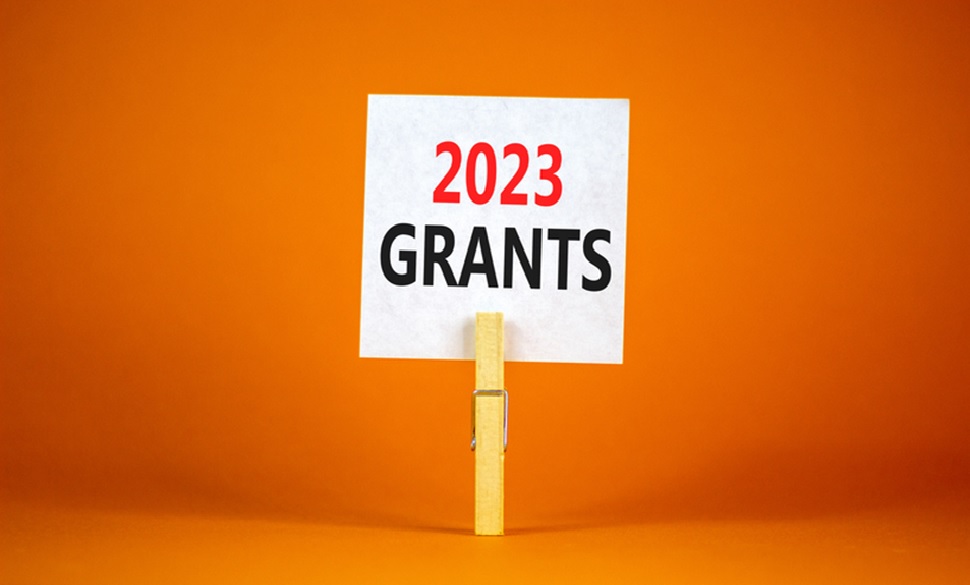In-kind grants can be invaluable for nonprofit organizations and can play a significant role in helping them succeed in various ways:
1. **Resource Expansion:** In-kind grants provide nonprofits with additional resources they might not have been able to acquire otherwise. These resources can include goods, services, equipment, or expertise, all of which can expand the organization’s capacity to fulfill its mission.
2. **Cost Savings:** By receiving donated goods or services through in-kind grants, nonprofits can reduce their operating costs. This allows them to allocate more of their financial resources toward their core programs and services.
3. **Program Enhancements:** Nonprofits can use in-kind donations to enhance their programs and services. For example, a youth organization might receive a grant of sports equipment, allowing them to offer new sports programs to engage their target audience.
4. **Capacity Building:** In-kind grants can support the growth and capacity-building efforts of nonprofits. They might receive pro bono consulting services to improve their organizational efficiency or legal assistance to navigate complex regulatory issues. For instance, nonprofits working under the framework of Disability Laws in India could benefit from in-kind grants that provide assistive technologies or training programs to enhance accessibility and inclusion for individuals with disabilities
5. **Emergency Response:** In-kind grants are especially critical during emergencies and disasters. Nonprofits can receive essential supplies and support to respond quickly and effectively to crises, such as providing food, shelter, or medical supplies during a disaster.
6. **Community Engagement:** Accepting in-kind donations can foster community engagement and partnerships. Local businesses, individuals, and other organizations may be more willing to contribute goods or services, strengthening the nonprofit’s ties to the community.
7. **Improved Sustainability:** Nonprofits can use in-kind donations to enhance their sustainability efforts. For example, receiving energy-efficient appliances or solar panels can reduce operational costs and environmental impact.
8. **Supporting Non-Core Functions:** In-kind grants can free up resources for nonprofits to focus on their core functions and programs. For instance, receiving pro bono legal services can help the organization address legal issues without diverting funds from essential services.
9. **Access to Expertise:** In-kind grants often come with the expertise of the donor. For instance, a marketing agency providing pro bono services can help a nonprofit improve its outreach and communication strategies.
10. **Flexibility:** In-kind grants can be highly flexible, allowing nonprofits to adapt to changing needs and circumstances. Donors may provide resources or services based on the organization’s current priorities.
11. **Donor Relationships:** In-kind grants can be an entry point for building relationships with donors who may eventually provide financial support or become long-term partners.
12. **Mission Alignment:** In-kind donations can be tailored to align closely with a nonprofit’s mission and goals, ensuring that the resources received are directly relevant and beneficial.
While in-kind grants offer numerous advantages, nonprofits must also manage these resources effectively. This includes tracking and reporting the value of in-kind donations for financial transparency and accountability. Additionally, nonprofits should communicate their needs and preferences to potential in-kind donors to ensure that the donations align with their mission and objectives. Check out www.thegrantportal.com.
Overall, in-kind grants can be a powerful tool for nonprofits, helping them overcome resource constraints, improve their services, and make a more significant impact in their communities.







